The view downstream from Ryogoku Bridge.
A very pleasant season has come to enjoy the Sumida River.
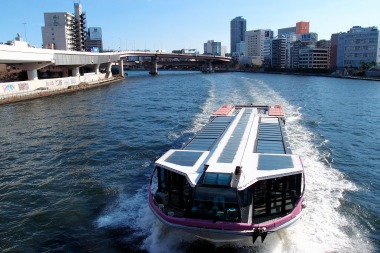
Ryogoku Bridge is located at the uppermost stream of Chuo-ku as a bridge of the Sumida River, but historically it is the second traditional bridge built in the Sumida River during the Edo period, and has made various stories along with the river. Was.
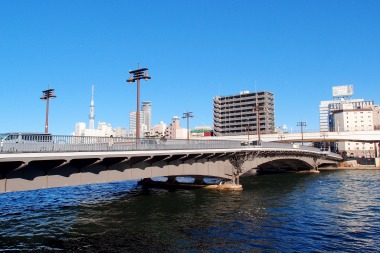
Waseda-Keio Regatta, a spring tradition in which this area of the Sumida River is the stage of battle, is one of the battles between Waseda University and Keio University. This is the 85th traditional race this year, and will be held on April 17 (Sun).
Waseda-Keio Regatta has several races, of which the main race is called "anti-school Eight".
The starting point is scheduled to be near Hamacho Park in Chuo-ku, located between Shinohashi and Ryogoku Bridge upstream. From here, go up the river and reach Sakurabashi, a little further away from Asakusa, 3750m. It's a long battle.
Near Ryogoku Bridge, which is the beginning of the race. How do you enjoy the race itself in this place?
I thought it myself.
It seems normal for regatta competitions to be competed in straight lines, but the Waseda-Keio Regatta held on the Sumida River features a "winding" course setting.
In particular, the river line of the Sumida River around Ryogoku Bridge is curved greatly.
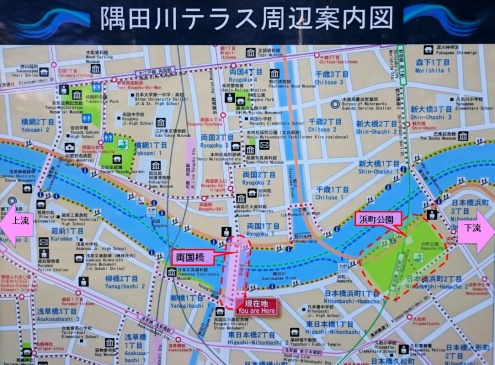 Immediately after the start of the race is this large curve of Ryogoku Bridge.
Immediately after the start of the race is this large curve of Ryogoku Bridge.
Due to the characteristics of the curve, in-course and out-course diagrams are created, so the starting position on the in-course side is slightly behind, isn't it one point in driving the race?
In the race, one cox (steer) who steer in the direction of travel and eight rowers who look opposite the direction of travel compete in the first arrival as a team.
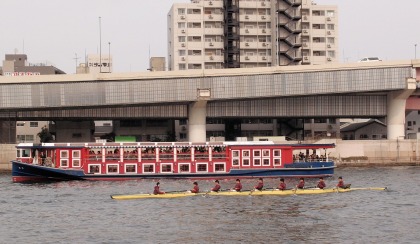 (Waseda Boat heading to the starting point in 2014)
(Waseda Boat heading to the starting point in 2014)
Somehow, if you advance the race ahead of the opponent, eight rowers can row while looking at the opponent, so I feel that you can advance the development ahead.
There is no such big curve ahead of Ryogoku Bridge.
Therefore, the highlight of the early race that I think without permission is how much the in-course boat catches the outcourse boat between the start and the vicinity of Ryogoku Bridge.
I hope you will watch the Waseda-Keio Regatta on April 17th (Sun) in a way that everyone enjoys it.
“Waseda-Keio Regatta” website ⇒ http://www.the-regatta.com/
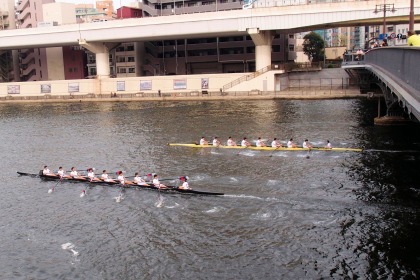 (From the 2014 race, Ryogoku Hashigami. Keidai, on the front side of the outcourse, won.
(From the 2014 race, Ryogoku Hashigami. Keidai, on the front side of the outcourse, won.
The tradition of the Sumida River in spring is a traditional battle of Waseda-Keio Regatta. Another feature of the Sumida River is the "fireworks of Ryogoku" in summer.
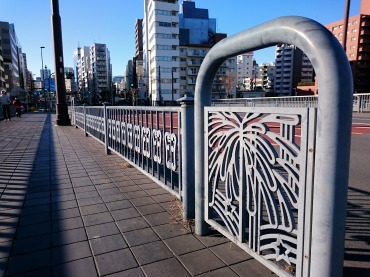 (Fence of the sidewalk on Ryogoku Bridge in which fireworks were designed)
(Fence of the sidewalk on Ryogoku Bridge in which fireworks were designed)
Previously, the launch site was near the Ryogoku Bridge, but now it has been moved to two upstream locations and is still handed down as the "Sumida River Fireworks Festival".
During the Edo period, Hashizume of this bridge was set up, but in particular, Hashizume on the current Chuo-ku side was called "Ryogoku Hirokoji", and it was one of Edo's leading entertainment districts where you can enjoy fireworks. That's right.
The Edo Tokyo Museum in Sumida-ku has a wonderful diorama that reproduces this place, and you can feel the liveliness of that time.
However, when I actually come to this Ryogoku Bridge now, it is very difficult to feel it.
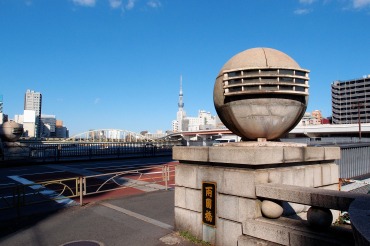
As a way to feel the liveliness of the Edo period ... There is a way to look at the pictures drawn in this period.
It must have been a good view. There are countless pictures depicting this area, and among them, I like this picture is also displayed on Sumida River Terrace on the Sumida-ku side and JR Ryogoku Station. It was also used in the opening of the Taiga drama series Ryomaden.
 <JRyogoku Station / Toto Ryogokubashi Summer Scenery (Sadahide Hashimoto)>
<JRyogoku Station / Toto Ryogokubashi Summer Scenery (Sadahide Hashimoto)>
Big small and lively boats gather in the river.
The countless people who fill Hashigami.
A dazzling fireworks rising in the sky.
Mt. Tsukuba is far beyond the upstream.
These landscapes seen from the current Chuo-ku side are put into one in a square picture, and the liveliness of this place is well expressed.
The Chuo-ku side is "outside of the curve."
The outside of the curve can sometimes create a wonderful sight.
If you walk along the Chuo-ku side of the Sumida River Terrace and come around Ryogoku Bridge, this is the place where I will follow.
On the stairs on the Sumida River terrace slightly downstream of Ryogoku Bridge, on the lower part of the Ryogoku Bridge.
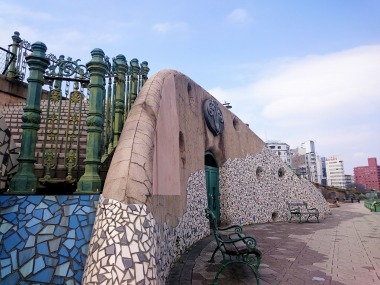 Or on the pedestrian bridge that leads to Nihonbashi Junior High School from above.
Or on the pedestrian bridge that leads to Nihonbashi Junior High School from above.
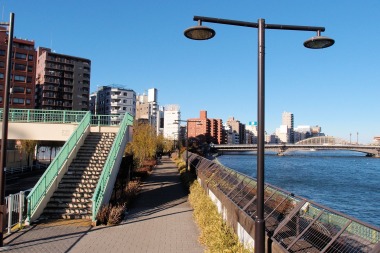
If you look at the Sumida River from this with a sense of openness, the upstream and downstream of the river will enter a single view of 180 degrees.
In addition, it is a place where you can not only see the end of the river due to the characteristics of the outside of the curve, but also feel as if you were in the middle of the river.

I don't know if the picture I mentioned earlier was drawn with consideration of the curve of the Sumida River, but I don't know well.
When I think of what was drawn in this picture with a curve in front of me on the pedestrian bridge, I thought that the view when crossing Ryogoku Bridge from the Chuo-ku side would have been spectacular. You.
People were sucked in to Ryogoku Hirokoji, and it was somehow crowded, but I feel like I can see it.
Fireworks from both countries and Waseda-Keio Regatta have been "paused" after the war. The contamination of the Sumida River, which became a problem after high economic growth, seems to be one reason.
However, with the subsequent efforts, the river became beautiful, the traditions of these Sumida River have revived, and the enjoyment of citizens has returned.
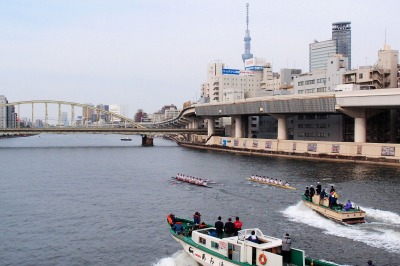
The reason why Ryogoku Bridge was originally built was that after the Great Fire of the Meiryaku era in the Edo period, the Shogunate chose to build a bridge over the river without rebuilding the castle tower of Edo Castle.
Until then, I didn't build a bridge to protect the city of Edo from turbulence. The fact that the Shogunate built a bridge meant a "Declaration of Peace" that no turbulence would occur anymore.
Ryogoku Bridge is a symbol of peace. And you can do fireworks and races on the river, and it can be a peaceful sight for citizens to enjoy it.
The Sumida River flows through the city.
It will continue to change according to the trends of various times, but I hope that such a waterside scene will continue forever.
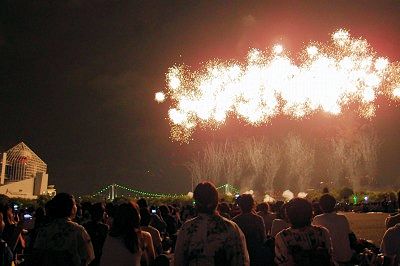
(This is the venue of Harumi, Tokyo Bay Fireworks Festival last year. It will not be held this year, but the word "pause" was used in the announcement from Chuo-ku in February![]() .)
.)
 What is the charm of Ginza Street?
What is the charm of Ginza Street? There may be some reason, but this is effective at night ... when I walked at night, I thought so.
There may be some reason, but this is effective at night ... when I walked at night, I thought so. (2015/12/6, Winter Illumination "Hikari Michi")
(2015/12/6, Winter Illumination "Hikari Michi") (2015/10/16)
(2015/10/16)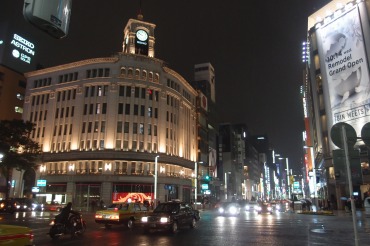 (2015/10/16)
(2015/10/16) (2015/10/23)
(2015/10/23) (2015/10/21)
(2015/10/21) (Hereinafter: October 28, 2015)
(Hereinafter: October 28, 2015)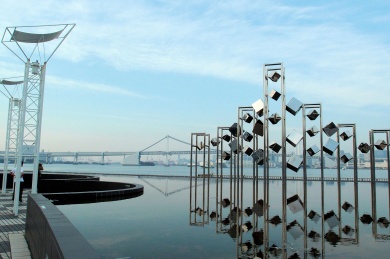 Anyway, the cruise ship entering the port today is the largest ever at Harumi Wharf.
Anyway, the cruise ship entering the port today is the largest ever at Harumi Wharf.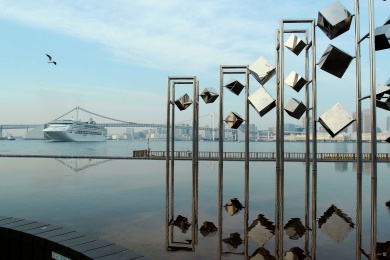
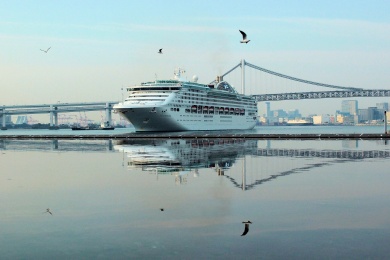
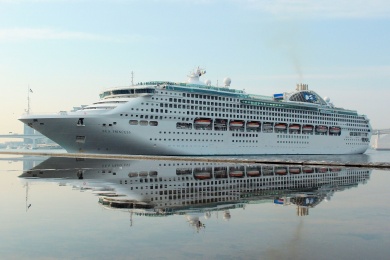
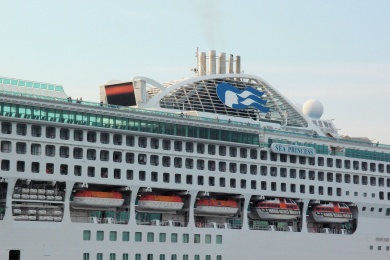
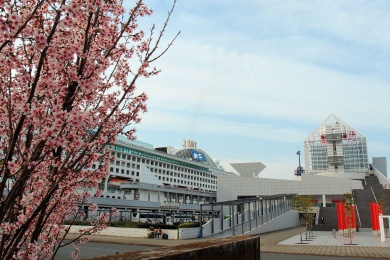
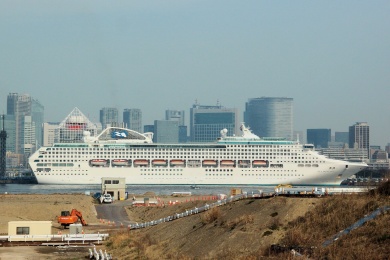
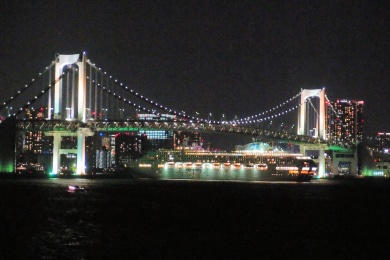 It's quite easy to go through the Rainbow Bridge. It is surprising that there are dekai cruise ships in the world that cannot pass through the Rainbow Bridge or Yokohama Bay Bridge.
It's quite easy to go through the Rainbow Bridge. It is surprising that there are dekai cruise ships in the world that cannot pass through the Rainbow Bridge or Yokohama Bay Bridge.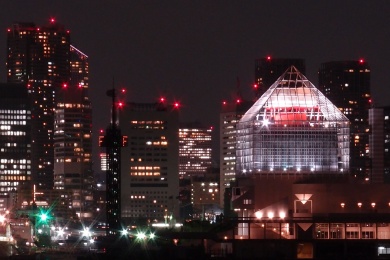 Most recently, there seems to be a ship coming to the port on April 3 (Sun).
Most recently, there seems to be a ship coming to the port on April 3 (Sun).
